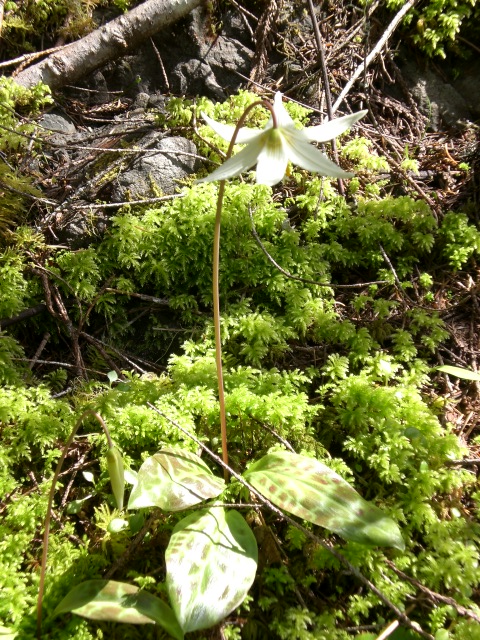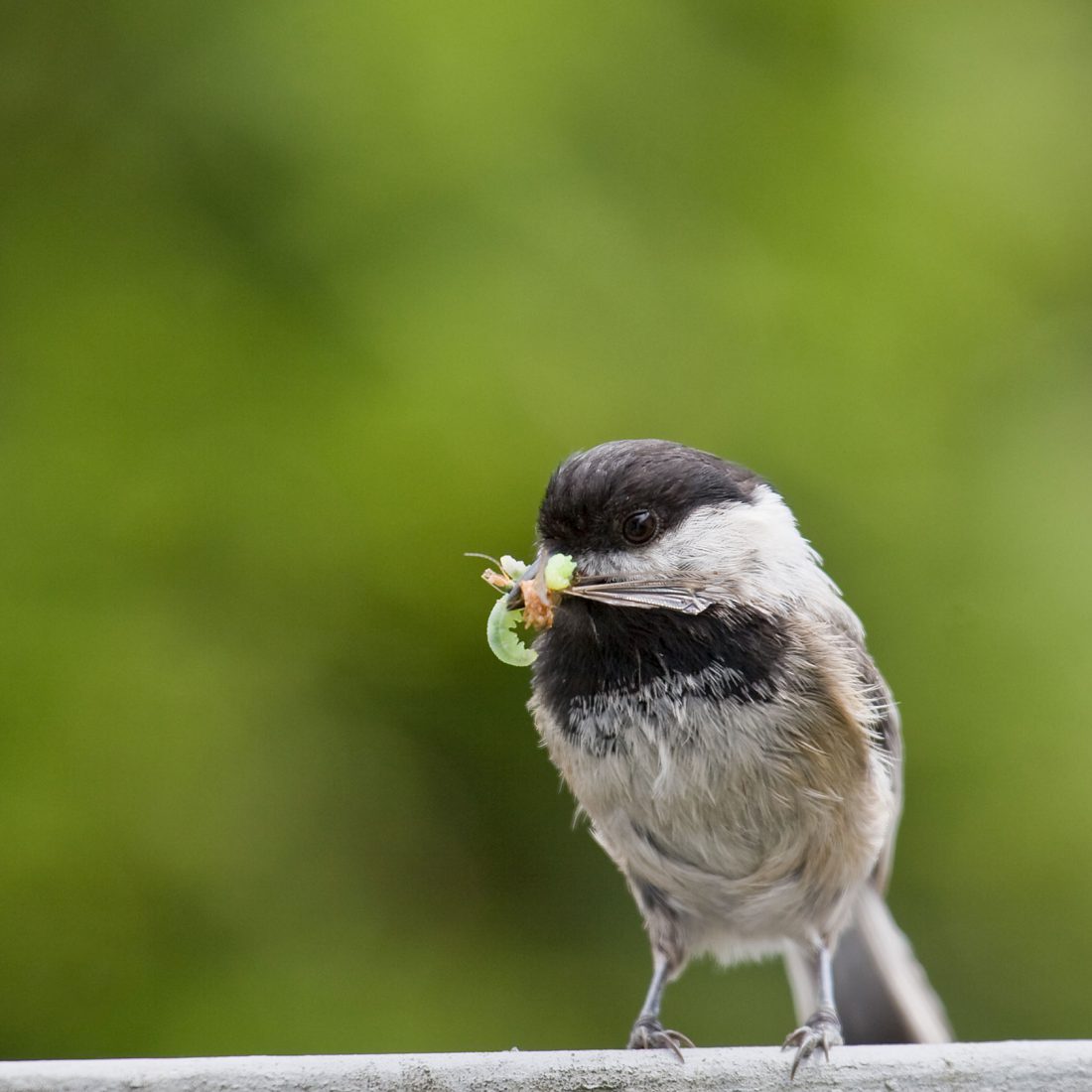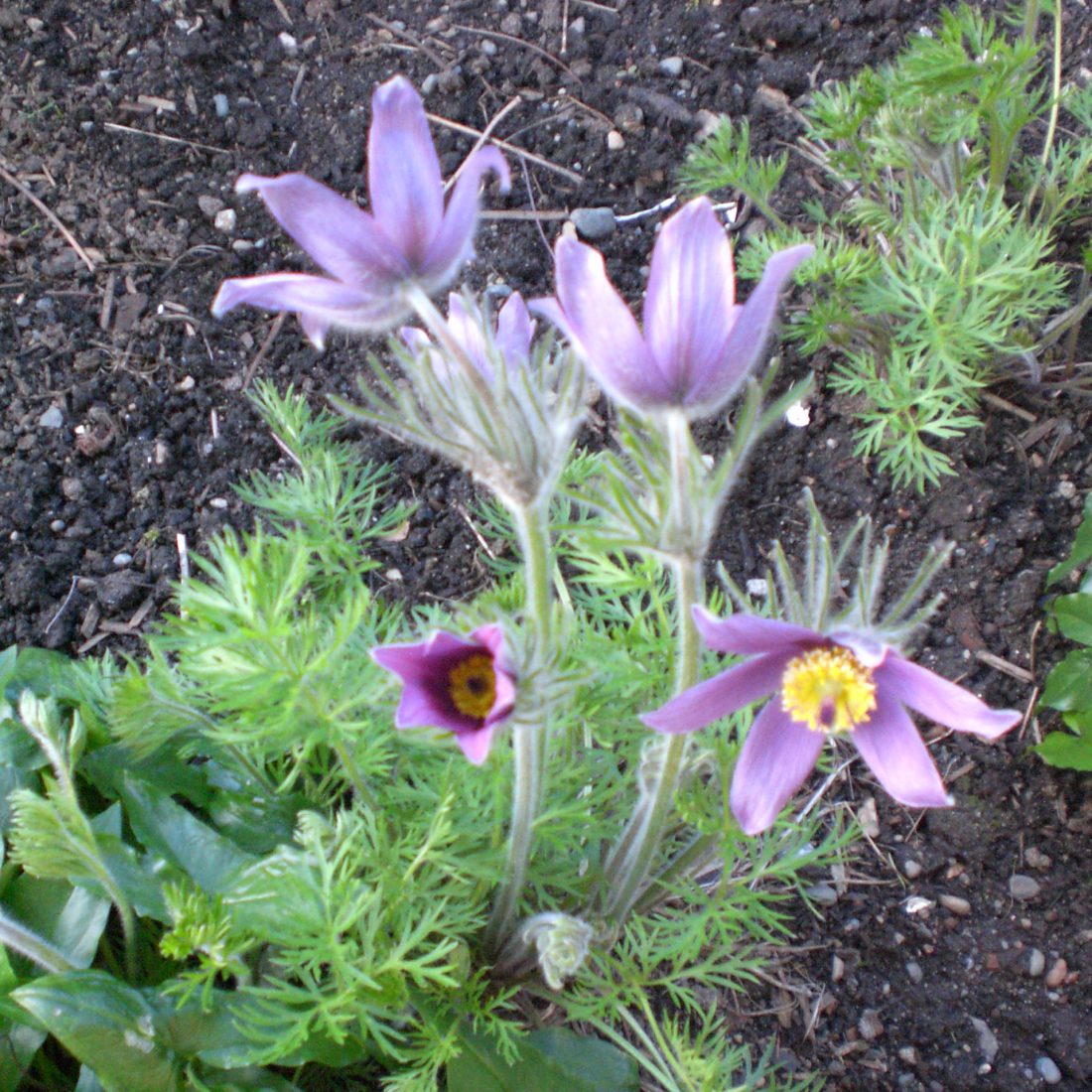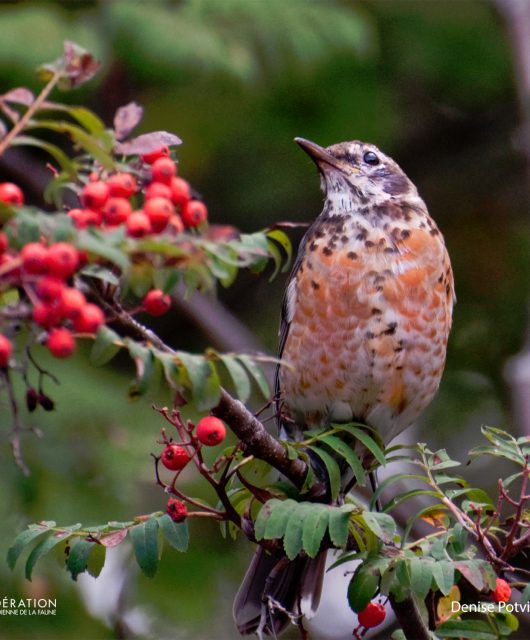British Columbia’s Dixie Deans has been certified as “Wildlife-friendly Habitat” through CWF’s Garden Habitat Certification program.
I started gardening in the 1970s in Winnipeg, Manitoba with a small veggie garden.
The size of my veggie gardens became larger and larger. When friends came to see me planting my last veggie garden, I can still remember the shocked looks on their faces, and saying to me “Dixie, what are you doing?” It was the size that shocked them, but I replied ‘well, the space was here!’ I was a part-time farmer!
I loved all of it — working in the earth and planting seeds that would miraculously become plants that we could eat. As I harvested and shared the incredible produce, I can still remember my friends’ happy faces as we sat around dinner tables all loaded with meals prepared with my veggies!

Then I moved to Victoria, British Columbia and I was shocked to see the little patch of ‘landscaping’ that the builder of these townhomes did. It was rubble, with the little ‘shrubs’ struggling to breathe. After two years I’d had enough. I asked the complex if I could plant a garden in the common area, and they said, “yes please.”
I bagged lots of chicken manure from where I went in the country to get free range eggs, then started planting a wildflower garden. Everyone in the complex was happy and asked if I would plant another flower garden. I did.
We then purchased a lot and built our home in Oceanside, BC. The first time we saw the property there were male and female pheasants on it. I was so happy to see them! As it was the end of November when we moved in, the next spring I had three truckloads of earth brought in and I planted a wildflower garden. How lovely it was to have the pheasants and quail have their families grow up safely hidden in our yard among the wildflowers. Butterflies and bees danced along the tops of the blooms. People passing by would often ask if they could bring back some chairs to sit and watch the ‘dancing.’ I would answer “Of course!”
Although the wildflower garden was nice, I still felt it was not as good as it could be. I knew then that the earth the trucks had brought was not great, and so I called our builder and asked where I could get good earth. The closest place to get good earth was Chilliwack, BC. I bagged horse and chicken manure, mixed in wood shavings and seaweed, and planted Fall Rye in early September.
Next April, I dug in the Fall Rye, waited a few weeks and started planting, always keeping in mind that I wanted my yard to be a safe sanctuary for wildlife: the bees, butterflies and other beneficial insects, birds, bunnies, deer, tree frogs and garter snakes.
The neighbours’ little children would also ‘help’ me in the garden. They would watch from their homes to see when I was in the garden, then run over and ask, “Can we help you, Dixie?” They loved to pick up the spades and plant something. For me, it was a good time to teach them to be kind to all the creatures we found in the garden.
 Towhees and juncos are here each day. Often, we also get chickadees, bushtits, finches and nuthatches. Sometimes in the winter, we’ll see varied thrushes and a couple of times we even had Ruby-crowned Kinglets!
Towhees and juncos are here each day. Often, we also get chickadees, bushtits, finches and nuthatches. Sometimes in the winter, we’ll see varied thrushes and a couple of times we even had Ruby-crowned Kinglets!
As for bees, when I am pruning, I can be right in the middle of them. Although it seems like there are thousands of bees, they never bother me. I’ll talk to them, telling them that the pruning will bring them a second blooming! And until those bloom again, there is Echinacea and other flowers that they also like.

I garden for all the gentle creatures and to fulfill my creativity. I was once asked if I was an artist, and I replied no. An artist sitting with us said, “Yes, Dixie is an artist, and her garden is her canvas!” I thought, “Oh, how lovely that she thinks and said this!” And yes, my garden is my canvas . . . ever changing!
How does my garden make me feel? (With a deep sigh) Incredibly wonderful. I am always at peace in the garden and thinking about the garden. I am always thrilled to see and enjoy the wildlife in my garden and with them knowing that I care for them, that this is a place that gives them sanctuary.
This is how my garden makes me feel and what I love about my garden.





